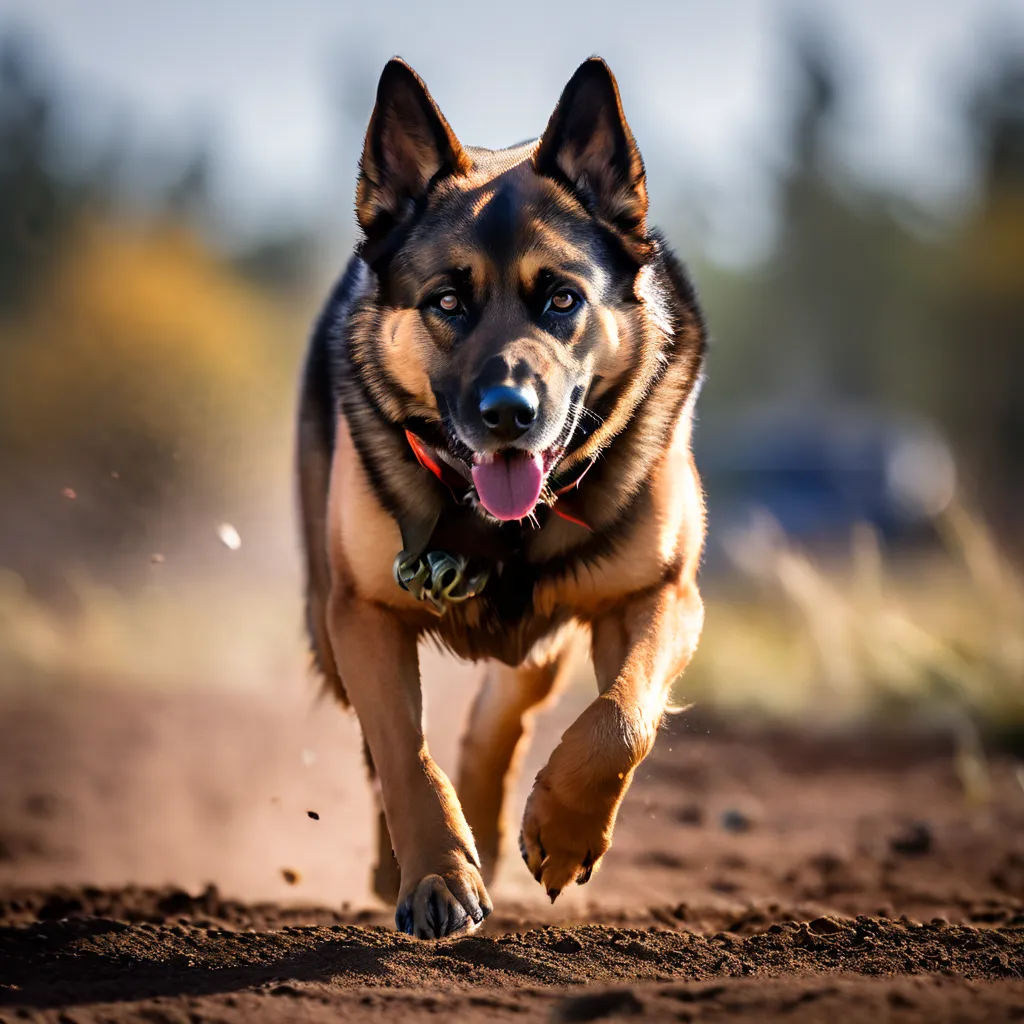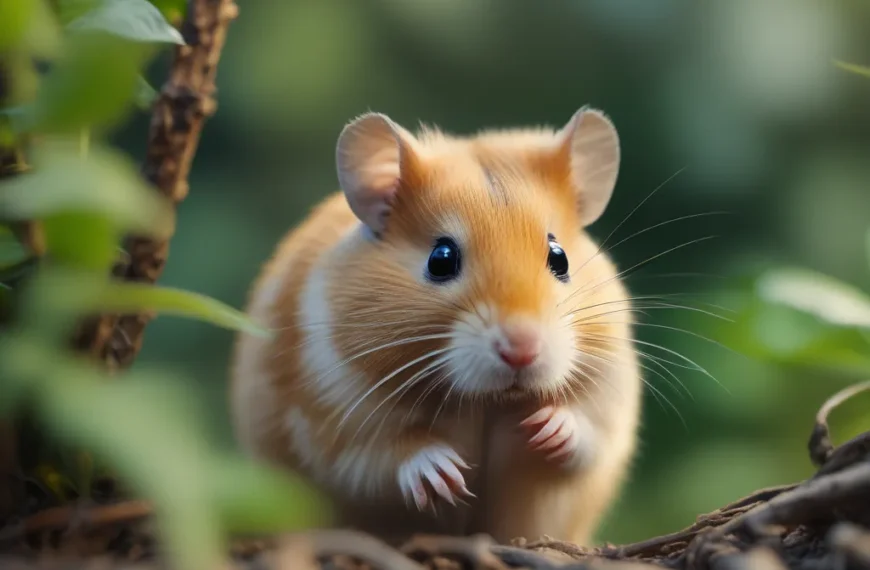Introduction
Are you thinking of getting a new pet to keep your dog company? With so many different animals to choose from, it can be overwhelming to decide which one would be the best fit for your furry friend. The good news is that there are many pets that can make great companions for dogs, but it’s essential to choose one that is compatible with your dog’s needs and temperament.

In this article, we will explore the key characteristics of a compatible pet and provide you with some top recommendations for breeds that make great companions for dogs. We will also cover the dos and don’ts of introducing a new pet to your dog, so you can ensure a smooth transition for both pets.
Whether you’re a seasoned pet owner or a newcomer to the world of pet parenthood, this article will provide you with the information you need to make an informed decision about which pet is best for your dog.
Understanding Your Dog’s Needs and Temperament
Understanding your dog’s needs and temperament is crucial to creating a harmonious and happy household, especially when introducing a new pet to your dog. Every dog is unique, with its own personality, needs, and quirks. By understanding your dog’s individual needs and temperament, you can make informed decisions about the type of pet that would be a great companion for your dog.
Physical Needs
Dogs have basic physical needs that must be met, including:
- Exercise: Dogs need regular exercise to stay happy and healthy. The amount of exercise your dog needs will depend on its breed, age, and size.
- Nutrition: Dogs need a balanced diet that meets their nutritional needs. The type of food your dog needs will depend on its breed, age, and size.
- Shelter: Dogs need a safe and comfortable place to rest.
Emotional Needs
Dogs also have emotional needs that must be met, including:
- Attention: Dogs need attention and interaction from their owners to feel loved and valued.
- Socialization: Dogs need to be socialized to new people, places, and experiences to become confident and calm in new situations.
- Training: Dogs need training to learn good behavior and to understand what is expected of them.
Temperament
A dog’s temperament refers to its personality and behavior. Some common dog temperaments include:
- Friendly: Friendly dogs are outgoing and affectionate. They make great family pets and are often good with children.
- Energetic: Energetic dogs are lively and playful. They need plenty of exercise and stimulation to prevent boredom and destructive behavior.
- Calm: Calm dogs are relaxed and laid-back. They make great companions for people who want a low-maintenance pet.
By understanding your dog’s needs and temperament, you can make informed decisions about the type of pet that would be a great companion for your dog. For example, if your dog is energetic and playful, a high-energy pet like a cat or a rabbit may not be the best match. On the other hand, if your dog is calm and laid-back, a low-maintenance pet like a fish or a bird may be a great companion.

In conclusion, understanding your dog’s needs and temperament is crucial to creating a harmonious and happy household. By meeting your dog’s physical and emotional needs, and understanding its temperament, you can make informed decisions about the type of pet that would be a great companion for your dog.
Key Characteristics of a Compatible Pet
When it comes to introducing a new pet to your dog, it’s essential to consider the key characteristics that make a pet compatible with your furry friend. A compatible pet should have a temperament that complements your dog’s personality, lifestyle, and living situation.
Temperament
A compatible pet should have a calm and gentle temperament, especially if you have a dog that is anxious or aggressive. A pet with a similar energy level to your dog is also crucial, as it will ensure they can play and interact without any conflicts.
Size
The size of the pet is also an important factor to consider. A small pet, such as a cat or a rabbit, may not be suitable for a large dog, as they may be seen as prey. On the other hand, a large pet, such as a horse or a cow, may not be suitable for a small dog, as they may be intimidated.
Grooming
Some pets require a lot of grooming, which may not be suitable for dogs that are not used to being groomed. For example, a dog that is not used to being brushed may become aggressive when a pet that requires regular grooming is introduced.
Training
A compatible pet should be easy to train, as this will ensure they can learn to interact with your dog without any conflicts. A pet that is difficult to train may lead to behavioral problems and conflicts with your dog.
Health
A compatible pet should be healthy and free from any diseases or health conditions that may affect your dog. For example, a pet with a contagious disease may infect your dog, leading to health problems.
Lifestyle
A compatible pet should fit in with your lifestyle and living situation. For example, if you have a busy schedule, a pet that requires a lot of attention and exercise may not be suitable.
Breed
Some breeds are more compatible with dogs than others. For example, breeds such as Labrador Retrievers and Golden Retrievers are known for being friendly and gentle, making them a great match for dogs.

In conclusion, when introducing a new pet to your dog, it’s essential to consider the key characteristics that make a pet compatible with your furry friend. By considering temperament, size, grooming, training, health, lifestyle, and breed, you can ensure a harmonious and happy household.
Breeds that Make Great Companions for Dogs
When it comes to finding the perfect companion for your dog, there are several breeds that are known to get along well with canines. Here are some of the top breeds that make great companions for dogs:
Small Breeds
- Cavalier King Charles Spaniels: Friendly, gentle, and affectionate, Cavalier King Charles Spaniels are great companions for dogs. They are relatively small in size, easy to handle, and love to play.
- Bichon Frise: Playful, friendly, and adaptable, Bichon Frises are perfect companions for dogs. They are low-maintenance, easy to train, and love to play.
- Shih Tzus: Outgoing, friendly, and loyal, Shih Tzus are great companions for dogs. They are well-behaved, easy to train, and love to play.
Medium Breeds
- Cocker Spaniels: Friendly, outgoing, and loving, Cocker Spaniels are great companions for dogs. They are medium in size, easy to handle, and love to play.
- Collies: Intelligent, loyal, and protective, Collies are perfect companions for dogs. They are medium in size, easy to train, and love to play.
- Boxers: Playful, energetic, and loyal, Boxers are great companions for dogs. They are medium in size, easy to train, and love to play.
Large Breeds
- Labrador Retrievers: Friendly, outgoing, and loyal, Labrador Retrievers are perfect companions for dogs. They are large in size, easy to train, and love to play.
- Golden Retrievers: Friendly, loyal, and gentle, Golden Retrievers are great companions for dogs. They are large in size, easy to train, and love to play.
- Newfoundlands: Gentle, loyal, and protective, Newfoundlands are perfect companions for dogs. They are large in size, easy to train, and love to play.
Remember, when introducing a new pet to your dog, it’s essential to do it slowly and under controlled circumstances to ensure a smooth transition.

Introducing a New Pet to Your Dog: Dos and Don’ts
Introducing a new pet to your dog can be a challenging task, but with the right approach, it can be a successful and stress-free experience for both your dog and the new pet. Here are some dos and don’ts to consider:
Before the Introduction
- Prepare a separate room for the new pet: Before bringing the new pet home, set up a separate room for it with all the necessary supplies, such as food, water, litter box, and toys. This room will serve as a safe space for the new pet to acclimate to its new environment without feeling overwhelmed or threatened.
- Keep your dog separated: Keep your dog separated from the new pet until you are ready to introduce them. This will prevent any initial conflicts and allow you to control the introduction process.
- Update your dog’s training: Make sure your dog’s training is up-to-date, especially in areas such as basic obedience and calm behavior.
The Introduction
- Use a phased introduction: Introduce the new pet to your dog in a phased manner, starting with visual introductions, then progressing to scent introductions, and finally, controlled face-to-face interactions.
- Monitor body language: Observe your dog’s body language carefully during the introduction. If you notice any signs of aggression or fear, such as growling, snapping, or hiding, intervene immediately and separate the animals.
- Reward calm behavior: Reward your dog for calm behavior during the introduction, such as sitting or remaining calm in the presence of the new pet.
After the Introduction
- Supervise interactions: Supervise interactions between your dog and the new pet, especially in the early stages, to prevent any conflicts.
- Provide separate resources: Provide separate resources, such as food and water bowls, beds, and litter boxes, to prevent competition and territorial behavior.
- Gradually increase interaction time: Gradually increase the amount of time your dog and the new pet spend together, always supervising their interactions.
Don’ts
- Don’t rush the introduction: Don’t rush the introduction process, as this can lead to stress and conflict.
- Don’t force interactions: Don’t force interactions between your dog and the new pet, as this can lead to fear and aggression.
- Don’t punish your dog: Don’t punish your dog for any misbehavior during the introduction process, as this can create negative associations and make the process more challenging.
By following these dos and don’ts, you can ensure a successful and stress-free introduction of a new pet to your dog.

Conclusion
Choosing the best pet for your dog can be a daunting task, but by understanding your dog’s needs and temperament, you can make an informed decision. As we’ve discussed, it’s essential to consider the key characteristics of a compatible pet, such as energy level, size, and grooming needs. By doing so, you can ensure a harmonious household and a happy, healthy relationship between your dog and their new companion.
Some breeds make great companions for dogs, such as Labrador Retrievers, Golden Retrievers, and Beagles. However, it’s crucial to remember that every dog is unique, and what works for one dog may not work for another.
When introducing a new pet to your dog, it’s vital to follow the dos and don’ts to ensure a smooth transition. With patience, love, and proper introduction, your dog and their new companion can live happily ever after.

By following these guidelines and considering your dog’s individual needs, you can find the perfect companion for your furry friend. Remember, the key to a happy household is harmony and understanding between all members, two-legged and four-legged alike.
















